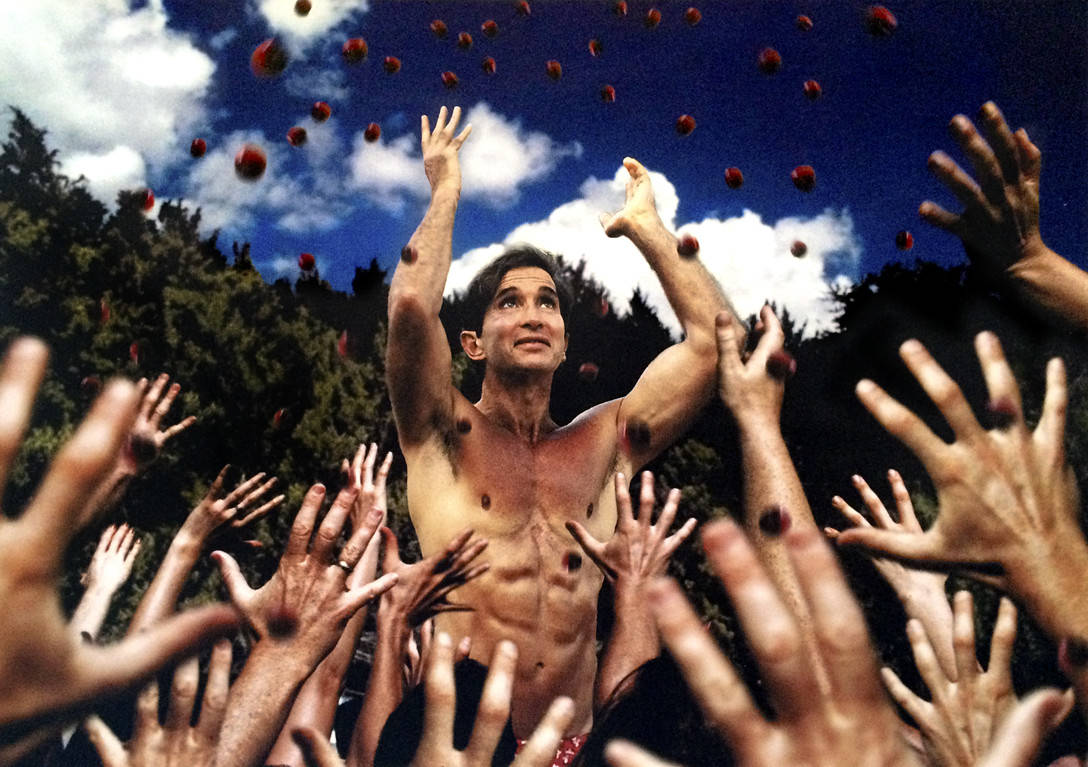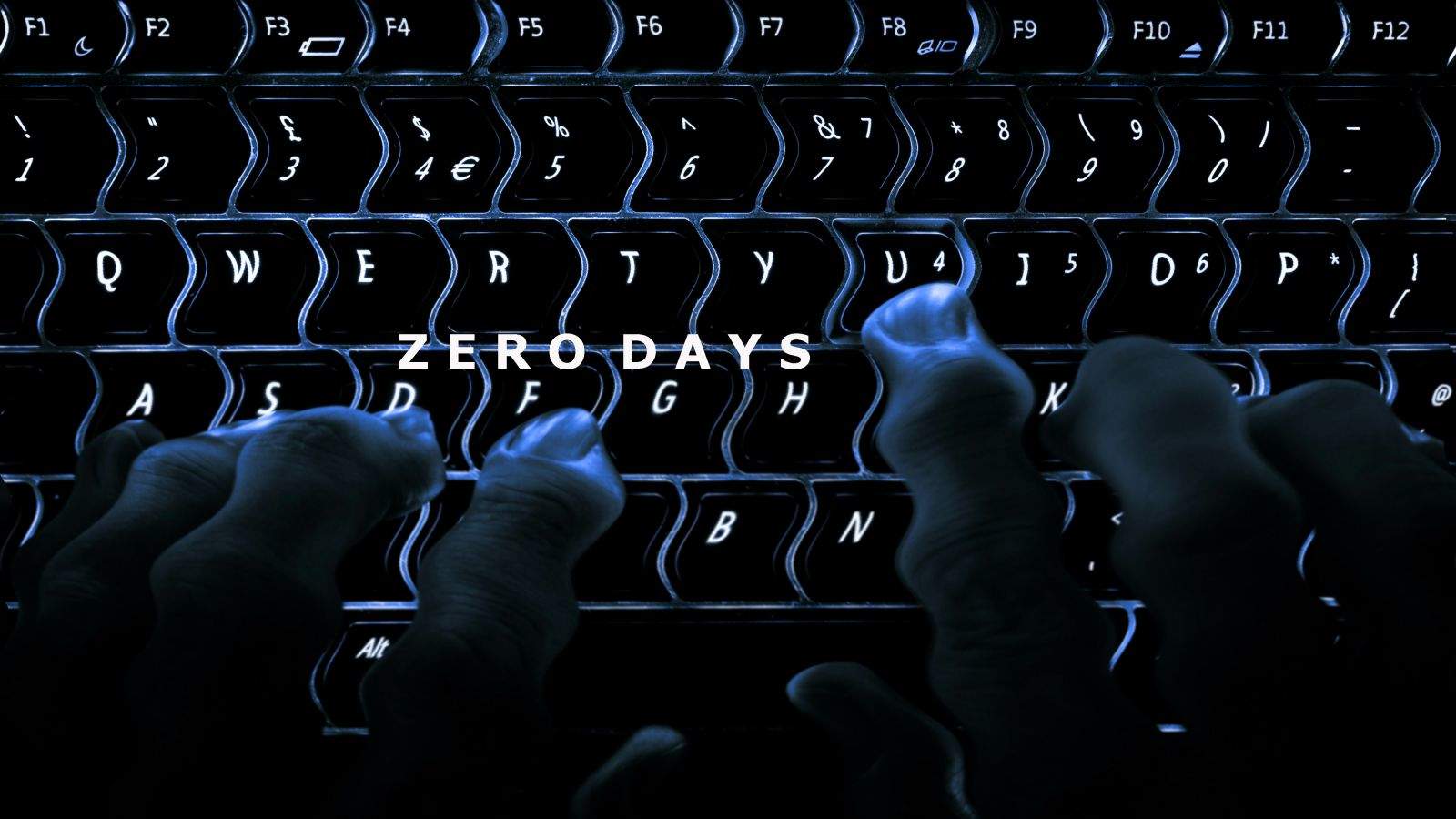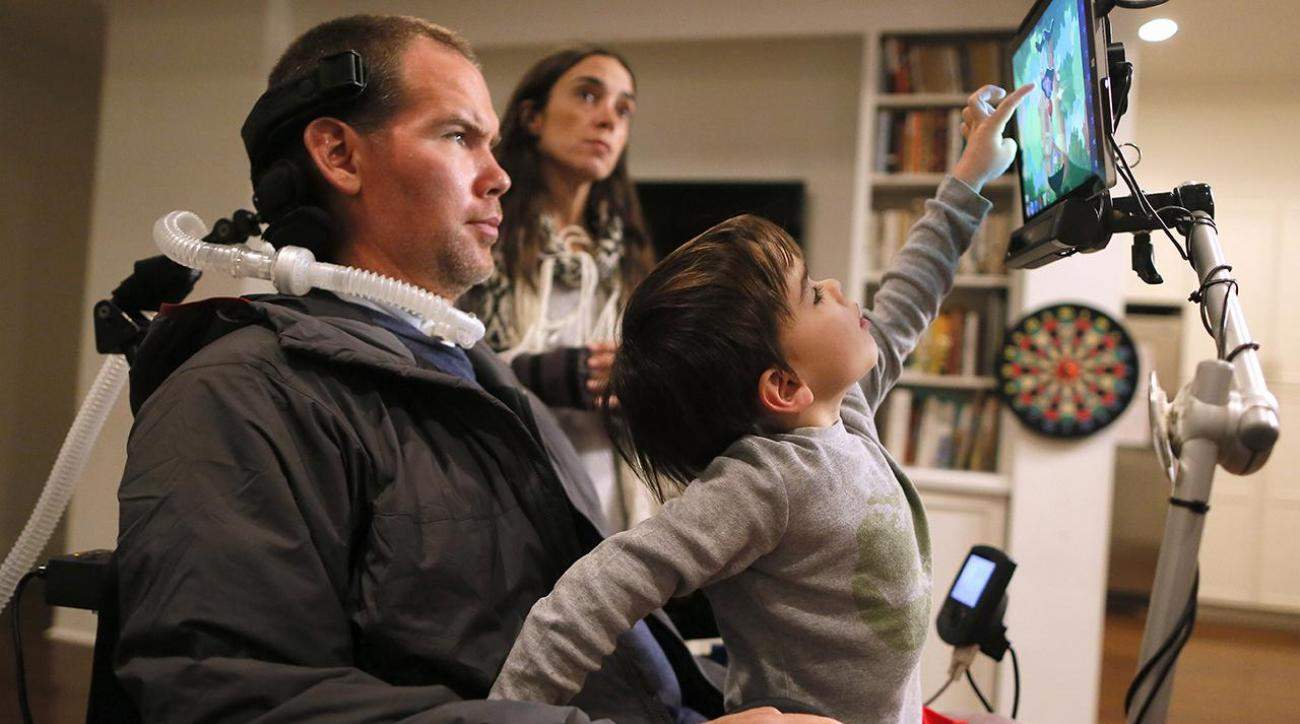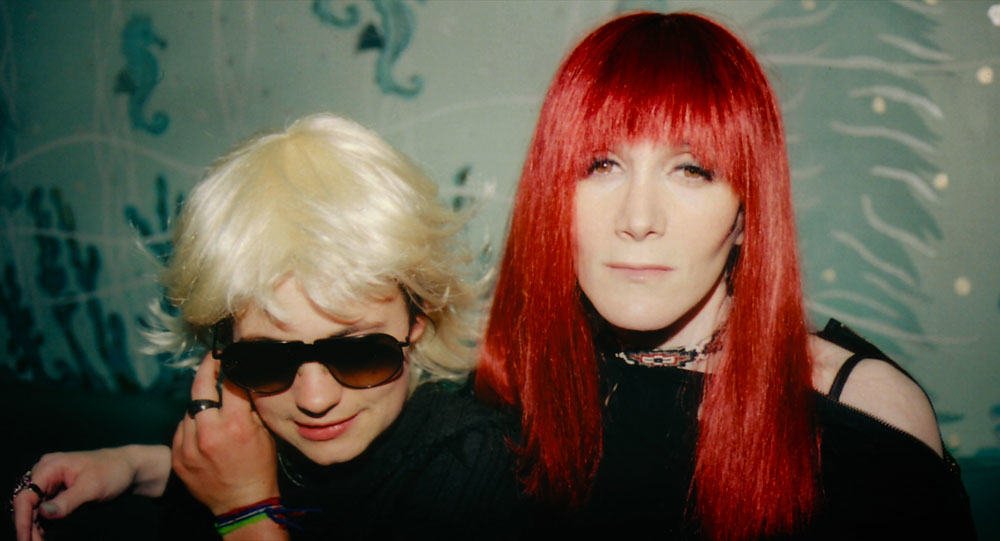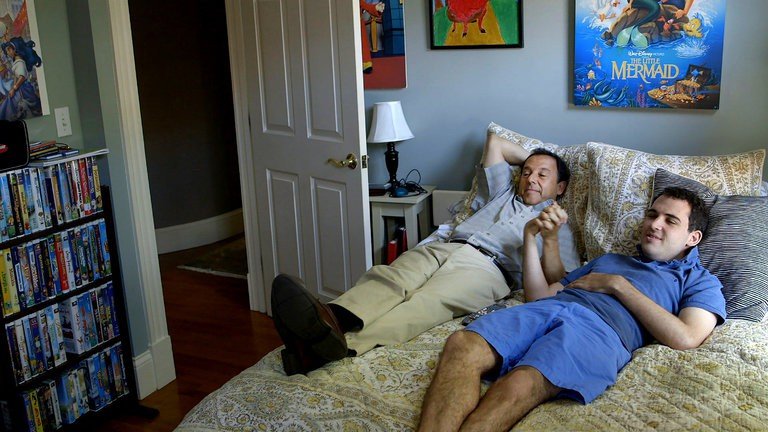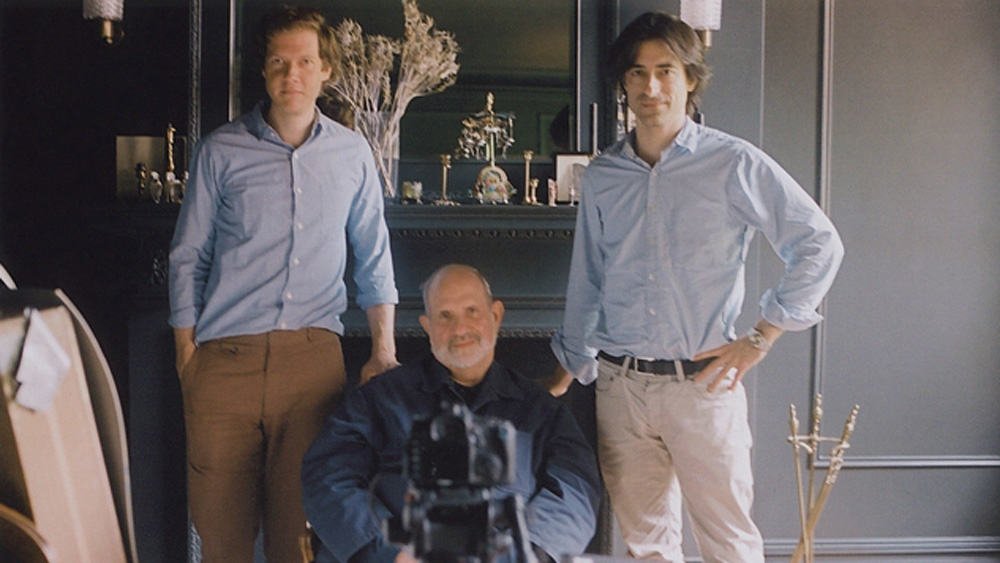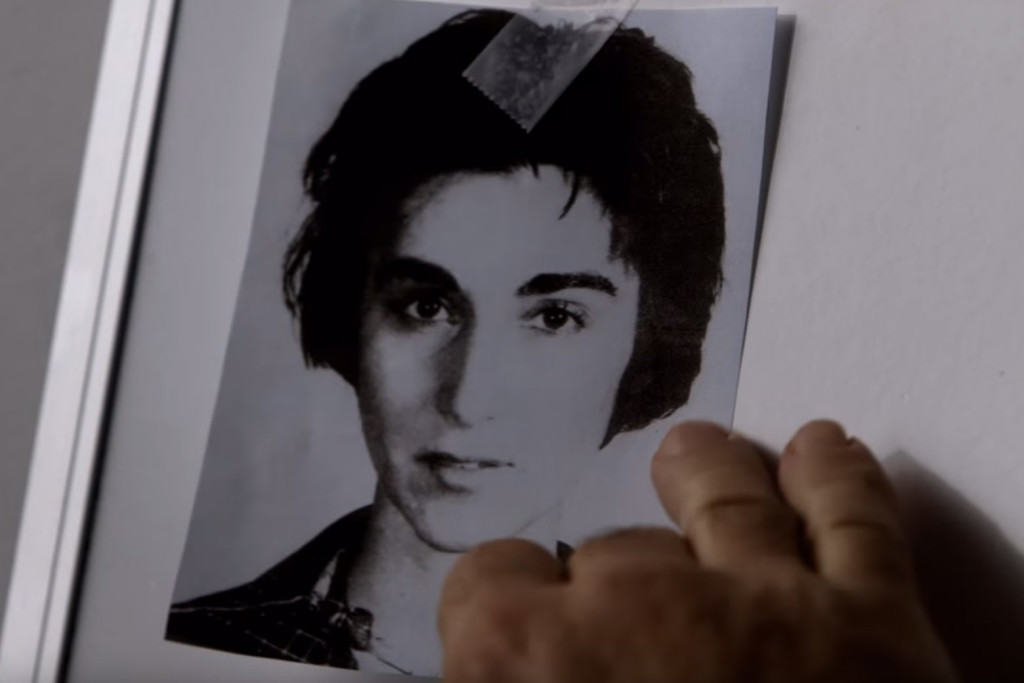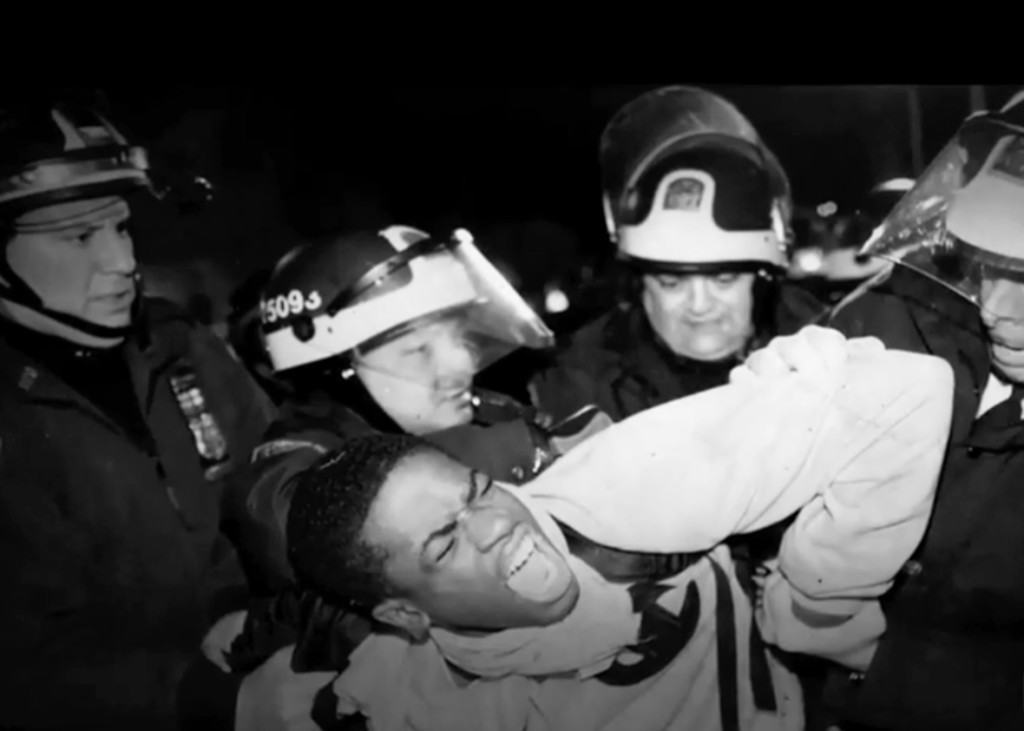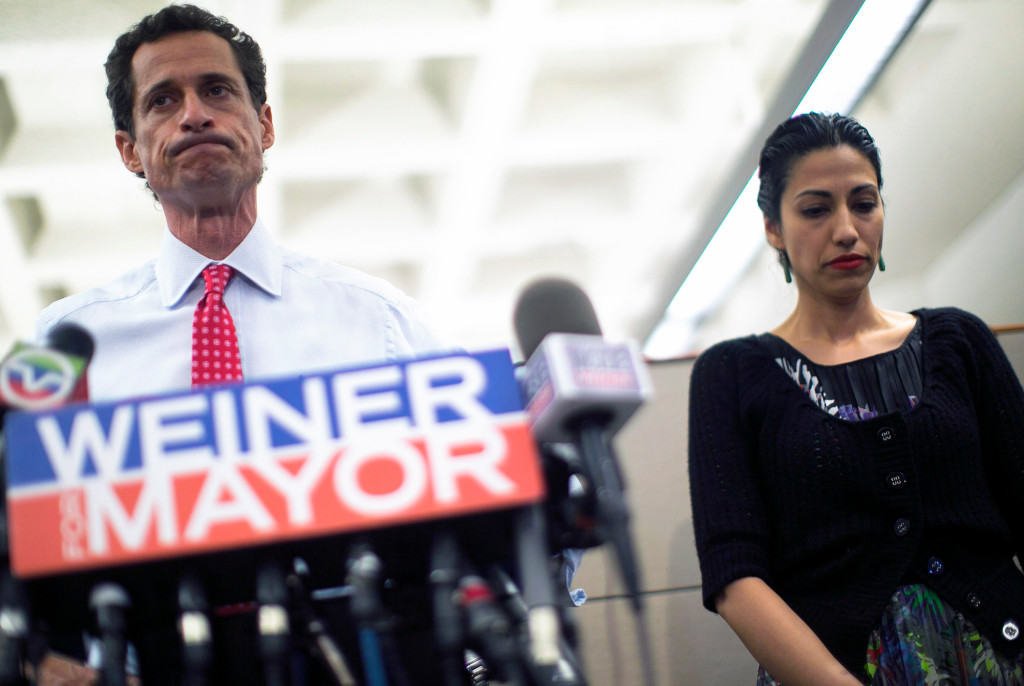In the beginning, there was the tool. A tool used to capture people’s quotidian activities. Until the time this tool metamorphosed to continue our long-standing tradition of telling stories, it documented things. From Lumiere Brothers, cinema verite to the era of Stan Brakhage & Chris Marker to the modern web media, the documentary film form has always pushed itself forward, featuring distinct, independent voices. Many documentarians use the form as a tool to address issues and provoke critical thinking (the worst does the opposite — manipulates). Few others treat it as an art-form in order to deeply embed their thoughts within the intricate visuals. The narrative form of documentaries continues to blend in various genres, creating unique audiovisual experience.
Somehow, there’s a general perception that documentaries is the most boring form among the visual medium. But, I have always felt that documentaries are the most fascinating thing to watch than a CGI-ridden superhero movie. And, as the documentaries are booming (both in terms of makers and viewers), it becomes essential to urge the fellow cinephiles to watch the unmissable works. So, here’s my selection of the best documentaries released in 2016. If I have missed out to mention significant documentaries, anywhere in this list, enlighten me in the comments section.
20. Jim: The James Foley Story || Dir. Brian Oakes
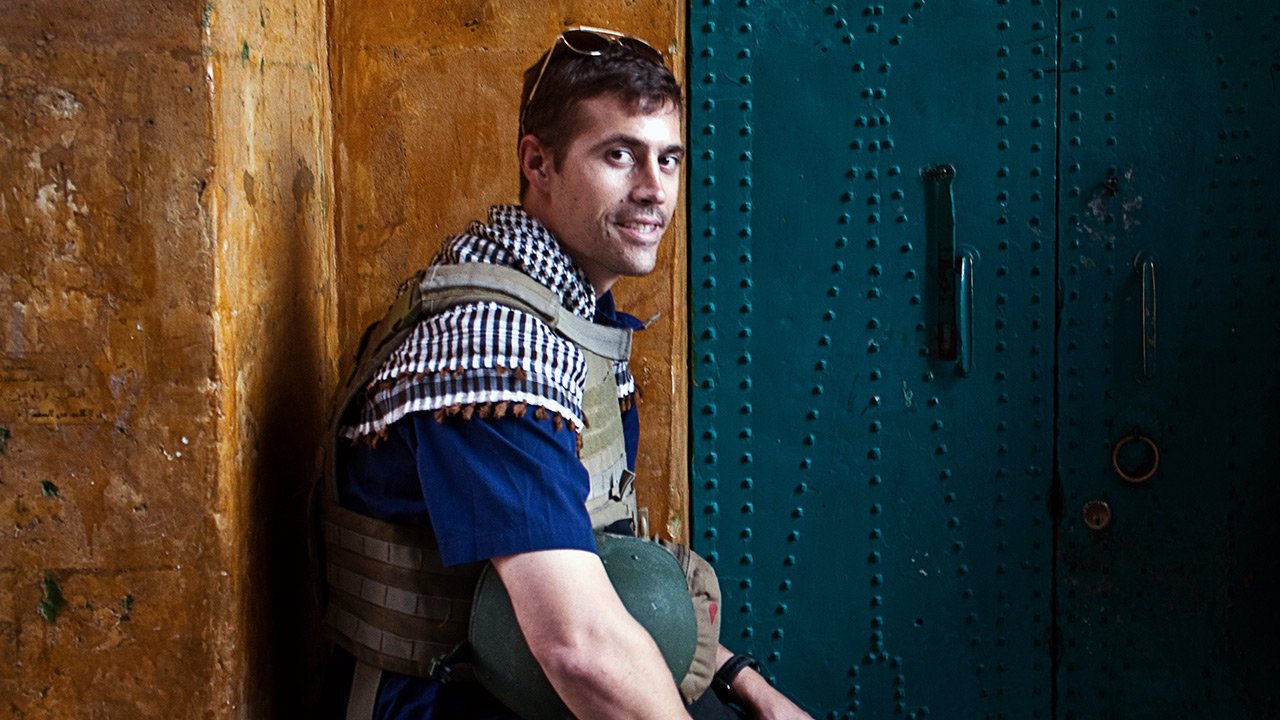
Brian Oakes’ emotionally effective documentary tells the troubling tale of American photo-journalist James Foley. In November 2012, Foley was captured by a gang in northwest Syria. In August 2014, he was beheaded, in front of camera, by ISIS militants. The terrorist gang called the brutal execution as the response to America’s airstrikes in Iraq (Foley was the American citizen to be killed by the ISIS). Oakes interviews Foley’s family members, fellow journalists and the fellow detainees to construct the events that leads to his capture and the subsequent miserable fate. Director Oakes offers a very sincere tribute to the restless spirit of James Foley. But this heartfelt lament could have been more powerful, if Foley’s fate and his family’s agony were placed in a wider context. It’s not necessary to provide the detailed Geo-political account, but at least it could have delved a little more into the lives of freelance conflict journalists.
Similar to Documentaries of 2016: 10 Delightful Indian Documentaries of The Decade (2010s)
19. Tickled || Dir. David Farrier & Dylan Reeve

New Zealand journalist David Farrier wades through strange corners of YouTube & social media to report on oddly funny activities of the pop culture. He is supposed to hunt for something entertaining as well as weird enough to hold viewers attention for a minute and a half. When David came across a video titled ‘Competitive Endurance Ticking’ (a guy is strapped and tickled) he thought that he’s got his absurdly funny story. At that point, Mr. David wouldn’t have known that he is going to walk along a darker path to make a documentary feature named “Tickled” (2016). Tickling Fetishism Empire. Yes, you have heard it right. An innocent child’s play is used by adults to form an unsettling subculture. It has also allowed a wealthy, sadistic virtual harasser to build a much darker space. The narrative could have been more explosive, if it had covered the broader aspect of dangerous anonymity in web, alongside the unveiling of a strange sociopath.
18. Holy Hell || Dir. William Francesco Allen
Will Allen puts forth his documentary as the result of a 22 year journey, in search of a truth. “Holy Hell” is a must watch for those who have a strong interest to learn about cult exploitation. Allen was one of the victims of a cult that abused his definitive devotion. As the loyal member of spiritual community called Buddha-field, he recorded the group’s propaganda and other activities for nearly two decades. When he understood how he was duped and about his victimization, Allen went on to expose the cult and its self-style spiritual leader, known as Andreas (he was a Venezuelan whose real name was Jaime Gomez). This documentary could be a fitting companion piece to Alex Gibney’s examination about ‘Scientology’. While, Gibney used cult survivors and other evidences to look at the organization from outside, Allen’s could have little more profound than Gibney’s, since it incorporates the vision of a former devotee. The interviews get a bit repetitive, lacking the insights on hollow quality of cult mentality. Maybe it seems redundant, since there’s little emotional connection with members, who are all talking about a memory or feeling which I haven’t experienced.
17. Lo and Behold: Reveries of the Connected World || Dir. Werner Herzog
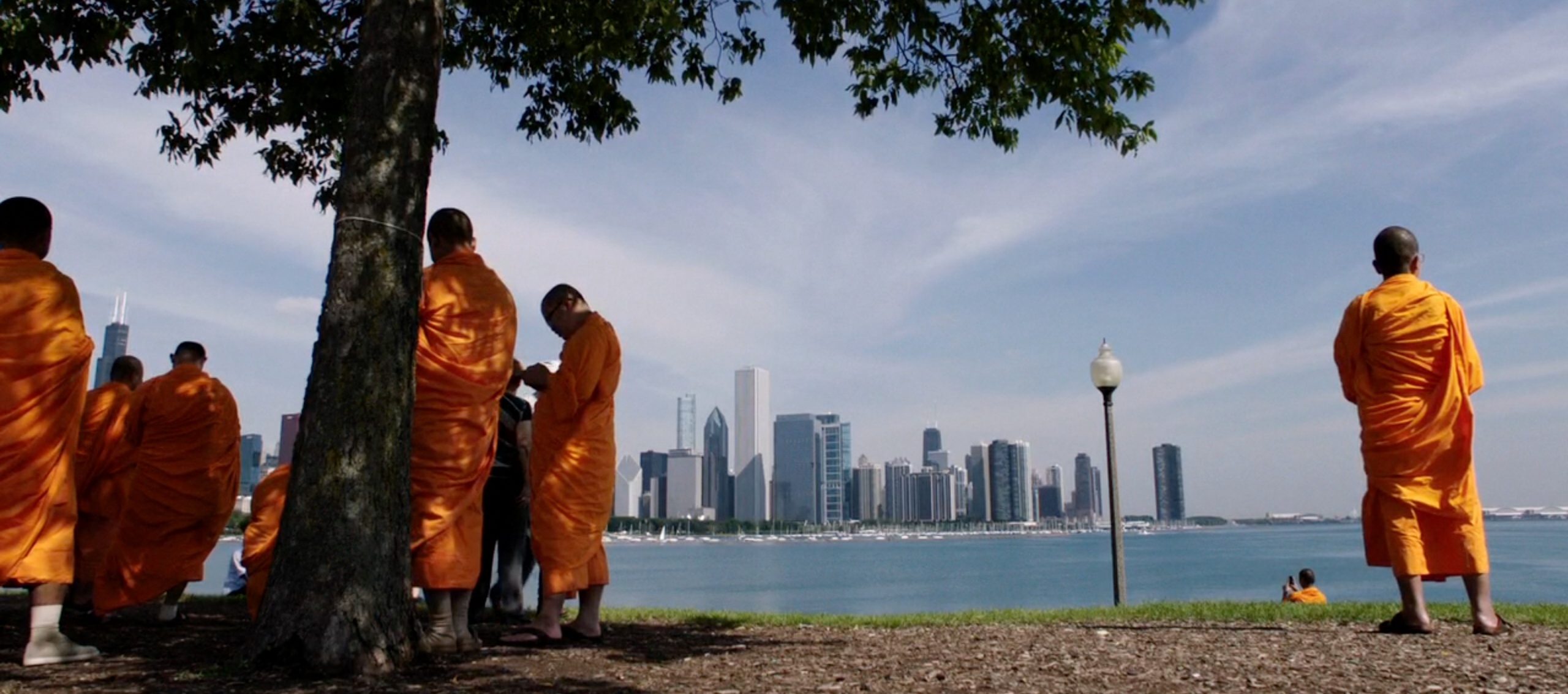
The expert film-maker/documentarian Werner Herzog, equipped with his own distinct brand of philosophies and eccentricities, is the perfect outsider to brood on the topic of ‘connected’ digital age. In the ten chapters of “Lo and Behold”, Herzog portrays the uplifting, shocking, and ambiguous features of our digital world. His journey takes him to UCLA to Carnegie Mellon University to Las Vegas Hackers Convention to even a rehab center for internet addiction. Many of the information, we come across here are thoroughly explored in many other documentaries. However, Herzog is able to imbue an unparalleled experience through his smart approach to question the technological evolution. The film-maker’s distinct observatory mode also lacks the moralistic hand-wringing. As always, it is electrifying to hear Mr. Herzog’s (often parodied) voice, which stirs up both amazement and trepidation.
Similar to Documentaries of 2016: 10 Must-See Documentaries About Cults
16. The Beatles: Eight Days a Week – The Touring Years || Dir. Ron Howard
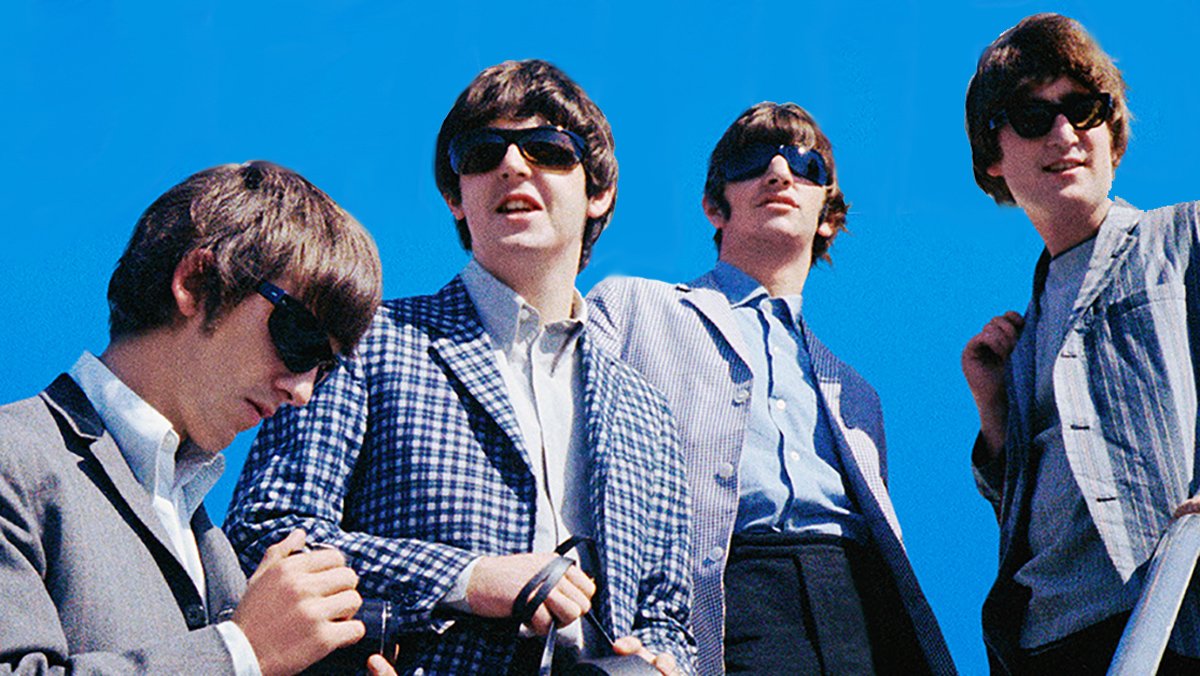
The Beatles are now accommodating the honored past. Ron Howard’s fabulous documentary feeds a lot to that honor and the fascinating inter-generational appeal. To a dedicated Beatles fan, this is nothing but a marvel. They get the front row seat to look at these clean-shaven four guys, who were about to cause a pop explosion that changed the music world. The documentary is set on the years when the famous band went through a paradigm-shift. These were the formative touring years from early to mid 1960s. For outsiders, Ron Howard’s approach might seem like an exaggerated form of promotional statement. But, I felt that this is the kind of essential advertorial approach which fully justifies the emergence of a great rock band. Howard has also included many fascinating interviews (from relevant personalities of the era) and the exciting, candid footage (perfectly edited by Paul Crowder). “We just wanted to play; playing was the important thing”, says Mr. John Lennon. Yes, they played great songs and at an essential, metamorphosing period in American culture
15. Team Foxcatcher || Dir. Jon Greenhalgh
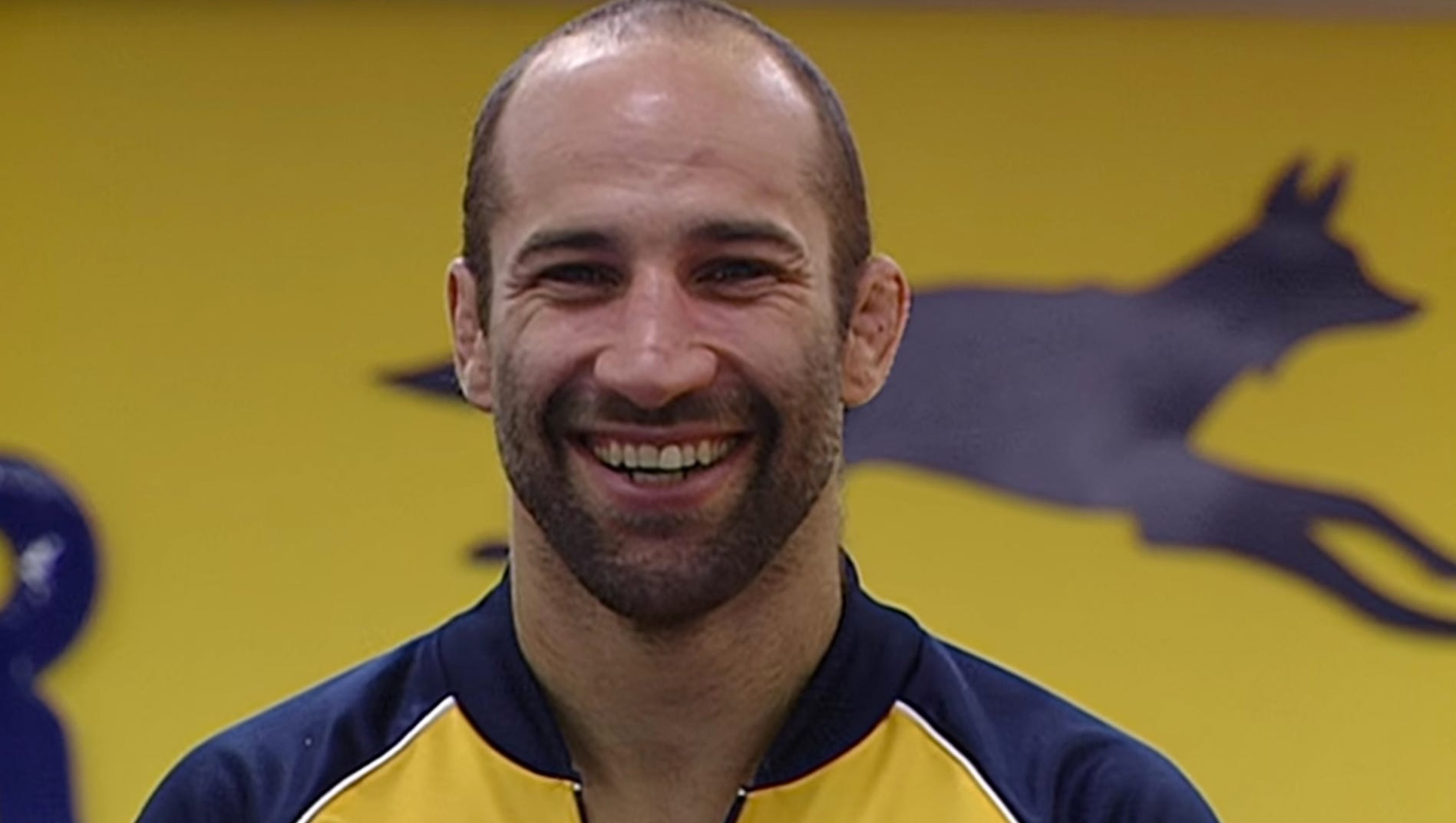
Although Bennett Miller’s “Foxcatcher” (2014) was one of the remarkable character studies ever made, it didn’t present us truer version (or concealed many details). Jon Greenhalgh’s sterling picture gives the full, real details behind the eventual downfall of multimillionaire John E. Du Pont (heir to family’s chemical business). The murder of Olympic Wrestler Dave Schultz by Du Pont, in January 1996, was one of the most sensational murder cases in American crime history. Greenhalgh takes a straightforward look at Du Pont and the dynamics with his close-knit community of wrestlers. If the film focused on the inner workings of Du Pont, the documentary rightly focuses on the complicity of others, who just stood-by as the man jumped deep into the vortex of insanity & paranoia. It sees the events with a hindsight which mixes in feelings of disbelief and grief along with guiltiness.
14. The Ivory Game || Dir. Kief Davidson, Richard Ladkani
Richard Ladkani and Kief Davidson’s is the kind of deeply moving activism documentary that makes us draw parallels to “Blackfish” and Oscar-winning “The Cove”. Similar to “Racing Extinction”, the directing duo tracks down worldwide nature disaster, enabled by human greed. The narrative is pretty poaching syndicates. Although film-makers’ thrilling trip around African villages unveils some shocking things, the biggest shocker is the view we get at consumerist end. The Beijing shops showcasing intricately carved tusks are where this global scourge ought to be fought. And we learn a horrific fact at the seller’s end: a kilogram of tusk which an African hunts & gives away for &7 is sold for thousands of dollars in the Chinese market. Despite being an expose, the documentary also looks at the complexity behind this ivory game. On how it is hard to stop the poachers and on how the illegal stockpiles of ivory get into Beijing markets. Finally, there’s not a dull moment in this when compared to other advocacy docs.
13. Zero Days || Dir. Alex Gibney
The righteous fury of documentary film-maker Alex Gibney once again shines through his latest work, “Zero Days” — a part spy thriller and part cautionary tale about the looming threat of global cyber warfare. It is the kind of documentary that will make you paranoid, when you wade through the digital realm, sharing all kinds of things, leaving your digital footprint. Gibney unveils the secrecy behind ‘Stuxnet’ virus. Stuxnet is a flawlessly crafted piece of code or virus or malware designed initially to target specific Siemens devices: the kind used to control centrifuges in nuclear energy plants. All hell broke loose when this virus mutated and popped-up in computers, all around the world. Gibney explores the post-2010 cyber espionage atmosphere, where America’s alleged monopoly in cyber intelligence is gradually threatened by the rise of other nations in the cyber realm (China, Russia, Iran, etc). The 2010 timeline is vital because it was the year when ‘Stuxnet’ made the centrifuges at Natanz nuclear power plant (in Iran) to implode. As usual Gibney brings in lot of fascinating talking heads (like former heads of CIA, NSA, and Mossad) to offer shocking, eye-opening insights. And, it works a little better if you are under-informed about the virtual battleground.
Similar to Documentaries of 2016: 10 Contemporary Indian Documentaries On Real-Life Characters
12. Under the Sun || Dir. Vitaly Mansky

Russian documentarian Vitaly Mansky spent nearly one year in North Korea (ruled by a totalitarian government) to seek permission for shooting a documentary. He accepted the authorities’ variety of rules. The chief among them is that the authorities will choose the subject matter. Mansky is only allowed to shoot in pre-approved locations and finally he should submit his footage to make them ‘correct’ his mistakes. But, still Mansky’s “Under the Sun” is able to break through the shiny propaganda images, harbored by Kim Jong-un and his scared pawns. Mansky’s is allowed to document the life of an angelic eight-year old girl Zin-mi, who is about to join the Korean Children’s Union. From classrooms to factory floors to living room, Zin-mi and her family lack the private space. Even a simple dinner conversation ends up in discussing about heavenly nature of their president. The atmosphere Mansky shoots is meticulously constructed by the authorities. But, he offers a nuanced, intimate portrait which makes the reality to creep through the ridiculous, utopian fantasy. Like in many propaganda features, the contrived, elaborate showmanship becomes tedious after some point. Nevertheless, it is a must watch for those interested in learning about the politics of non-thought.
11. Gleason || Dir. Clay Tweel
Clay Tweel’s portrait of former NFL star Steve Gleason, who is suffering from rare neurological disease known as ALS, is both agonizing and life-affirming. The intimacy with which Tweel approaches Gleason makes us immerse into the man’s excruciating ordeal. It was three years after retirement from NFL Gleason learned that he has ALS and that his wife is expecting their first child (a boy). The incurable illness may limit Gleason’s relationship with his son in the near-future. So, the couple decided to make a video blog (or a diary), sharing his wisdom as well as pain. Tweel uses these materials plus Gleason’s other remarkable pursuits after getting diagnosed with ALS. The result is a flat-out heart-breaking experience. There are moments when Tweel crosses the genuineness to go for melodrama, but for the most part it takes a raw look at the man’s extraordinary perseverance.
10. Author: The JT LeRoy Story || Dir. Jeffrey Feuerzeig
Do you know Jeremiah ‘Terminator’ LeRoy? He was a socially phobic transgender, who had a traumatized boyhood. He was H.I.V. positive. His hard life as a teenage hustler was chronicled in the form of autobiographical tales (released in the late 1990’s). JT was described as authentic voice in American literature and was beloved by celebrities like Winona Ryder, Asia Argento, etc. Then, the JT’s real identity emerged: a troubled, 30-something Brooklyn woman named Laura Albert. Those who made public appearances (in book release) were family members or friends, cloaked in wig & sunglasses. Jeffrey Feuerzeig’s documentary takes a fascinating look into one of the wildest literary scandals. The director had access to Albert’s vast archive and he wisely uses animation to re-create the feelings created by JT’s words. Marjorie Strum’s 2014 documentary about the same subject was more scathing and included more distressing things about the author. Nevertheless, Feuerzeig’s approach is a must-watch, since he raises some vital thought-provoking questions on how we perceive talent and artistry through artist’s status.
9. Life, Animated || Dir. Roger Ross Williams
Roger Ross Williams’ uplifting documentary takes us closer to the world of an autistic person. It is the story of Owen Suskind, whose love for Disney animated feature enabled him to break away some of his developmental disorder. Partially based on Ron Suskind’s (Owen’s father and Pulitzer-Prize winning journalist) “Life Animated: A story of sidekicks, heroes, and autism”, Williams’ documentary commences on very important phase of Owen’s life. The 23 year Owen is about to graduate and prepares to live an independent life as his parents are overwhelmed by feelings of uncertain future. The greatest strength of “Life Animated” is that it never becomes coy enough to suggest Disney films as a form of treatment to those in autistic spectrum. And, Owen’s life isn’t simplified for an uplifting narrative purpose. We get a thorough look at his daily struggles in exploring an often bewildering, labyrinthine world. In fact, the humanistic portrayal of Owen doubles it up as a beautiful coming-of-age tale. Finally, it is also a celebration of our unbridled love for this majestic, dreamy visual medium, known as ‘cinema’.
Similar to Documentaries of 2016: The 50 Best Films of 2016
8. De Palma || Dir. Noah Baumbach & Jake Paltrow
Of all the important, game-changing directors of the 1970s Hollywood – those who created a fresh level-playing field – William Friedkin and Brian De Palma were driven away to be the outcasts. It is true that De Palma’s career arc wavered between lowest and highest points, unlike that of the consistent output by legendary directors from the era. While De Palma’s detractors would argue that there is no content in his films, the fans may argue that the extreme style is his content. As the controversial dusts are settling down (regarding his portrayal of violence against women), the operatic visuals of De Palma have gained some respect. Noah Baumbach and Jake Paltrow’s documentary “De Palma” is edited as a long monologue, where the director reminiscences his five plus decade career, from a self-critical and rational viewpoint. The result is a 110 minute of pure bliss, incorporated with treasure trove of details. In fact, De Palma’s fiery passion on-screen makes us crave for more. The documentary also does the essential job of inciting interest in the film-maker’s works.
7. The Witness || Dir. James D. Solomon
The fate of 28 year old bar-maid Kitty Genovese led to the creation of term ‘Genovese Syndrome’ or ‘by-stander effect’. In March 1964, in an early morning, the much adored Kitty returned to her home in Queens, New York. She was assaulted and brutally murdered before her apartment building (the killer Winston Moseley was arrested and died in prison, on March 2016, at the age of 2016). A New York Times Article stated that 38 people witnessed the crime as the killer took 35 minutes to kill her, although no one came to Kitty’s help. The subsequent reporting actually turned the gruesome fate of Kitty into an urban legend. She became the symbol for urban population’s apathy. James D. Solomon’s vivacious, compelling documentary sets out to debunk the common narrative created by the media, regarding the case of Kitty. Apart from being an investigation, Solomon keenly follows the efforts of Bill Genovese (Kitty’s younger brother) who wanted to know what really happened that night to gain some peace of mind. Bill’s efforts began from the year 2004 when he challenged the truth behind New York Times article. It could have been edited a bit and made to look tauter. But, that sequence near the end, which delves into Bill’s obsession with the case, I think is one of the best sequences I have seen in a documentary this year.
6. HyperNormalisation || Dir. Adam Curtis
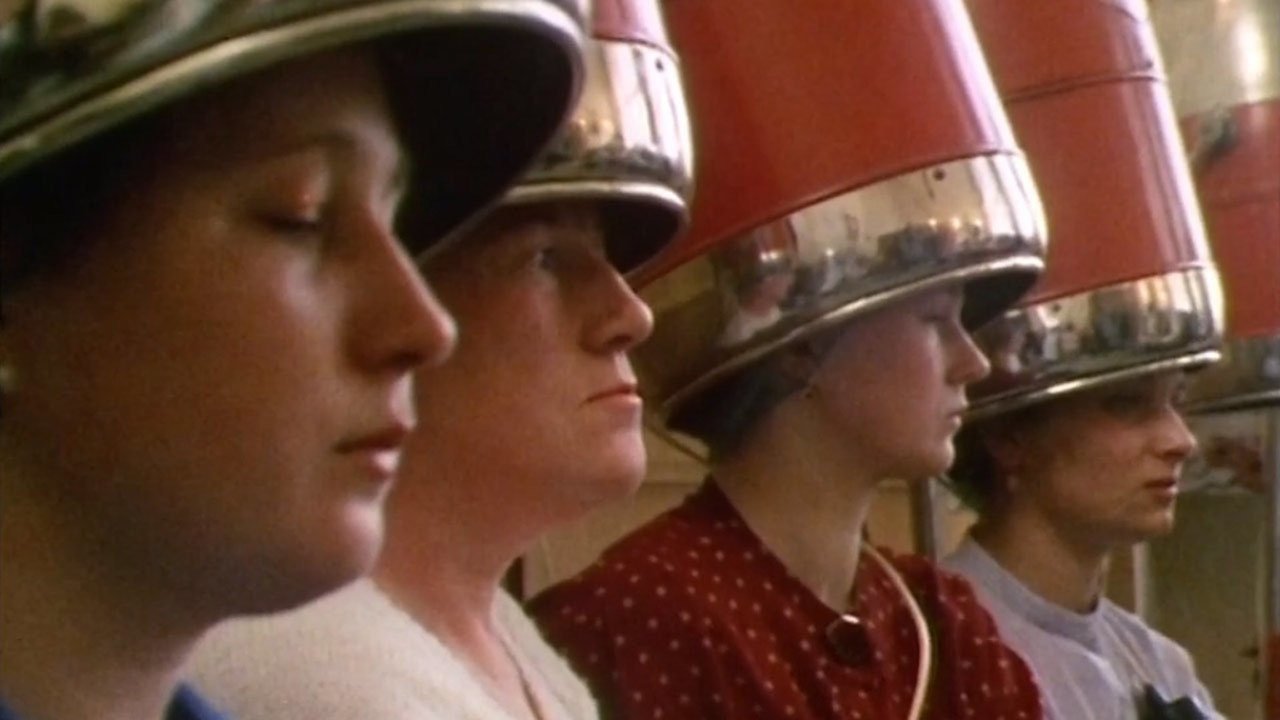
‘Hypernormalisation’ is the term formed by Anton Yurchak, a Berkley professor, to describe the waning years of Soviet Union. He says that the general public and the authorities jointly pretended that everything’s all right with the decayed system of communism. The cult documentarian Adam Curtis takes this term to profoundly approach his pet theme about power and its endless manipulations. Curtis’ central opinion is that the ‘powers-that-be’, in the post-World War II scenario, were confounded by the complexity of reality and so they decided to construct a simpler version of reality. He commences his documentary from what would be perceived as an unremarkable activity and shows how it’s all part of a complex chain in the ever-chaotic modern world. He scrutinizes the complexity surrounding the decline of political age, America’s excruciating approach to Middle-East politics, Jane Fonda’s physical fitness boom, and the emptiness of cyberspace (and its sibling – the ‘name-calling’ social media). Although the themes seem disconnected, Curtis’ thought-provoking and mesmerizing compilation interweaves the timelines. Some of his conspiratorial tone weren’t wholly convincing and highly subjective, but Curtis’ fascinating critique (which is closer to an audio-visual art) would make up for a perfect counter-historical narrative. It will definitely provoke us to conduct our own investigation of the debated ideas.
5. 13th || Dir. Ava DuVernay
The 13th amendment of the US Constitution (signed in 1865) outlawed, “Slavery or involuntary servitude, except as a punishment for crime”. In 13th, AvaDuvernay demonstrates how the American rulers used the ‘exception’ in the law to unjustly criminalize the African-American men in the past four and a half decades. Although the mass incarceration factor and American government’s treatment of black community isn’t a surprising news, (USA has a prison population of 2.3 million, which is roughly 25 percent of the world’s total prison population) DuVernay’s provides a profound insight on how the prison and justice system sits at the center of America’s racial inequality. The sprawling, fly-on-the-wall narrative starts from 1865 (after American Civil War) and ends at the unsettling present (post-Ferguson protests). It covers a lot of history, depicting how the American media and its entire system demonized the African-American male. Despite being a reiteration of facts, 13th never loses our attention because of the humane, conversational tone of the talking heads. DuVernay puts everything in the right historical context, even though we don’t find any ideological balance.
Similar to Documentaries of 2016: 15 Must-See Coming Of Age Films in 2016
4.Weiner || Dir. Josh Kriegman & Elyse Steinberg
Josh Kriegman and Elyse Steinberg’s riveting political documentary is about a flawed 21st century politician named Anthony Weiner – former US Congressman. Weiner, like many other famous personalities, was made and destroyed by media organizations. Once, Weiner passionately & furiously talked against the Republicans tactic to block healthcare for 9/11 rescue workers. The same guy became a lewd, sensational subject when his first of many sexting scandal, came to public knowledge in 2011. “I just have this incredible ability to fuck up things” says Weiner. And, that is what he did during the 2013 electoral race for New York Mayor. The close observation of Weiner’s activities doesn’t make this a documentary about putting things from Weiner’s point of view. It isn’t detail study of why Weiner did those dumb things. It more or less makes an unflinching examination of the squirm-inducing judgmental attitude of the ‘news-makers’. It’s about those big media houses which endlessly persecute individuals and their families due to oft-repeated, single line-of-thought: ‘because they deserve it’. Although we see the depths of this virtual lynching mob, the directors don’t set out to sanitize Weiner’s mistakes (of course, there’s no mention of Weiner’s doubtful actions apart from sexting). For those who are interesting in examining the one-note hysterical reactions of our modern ‘connected’ societies, this one is a must-watch.
3. Fire At Sea || Dir. Gianfranco Rosi
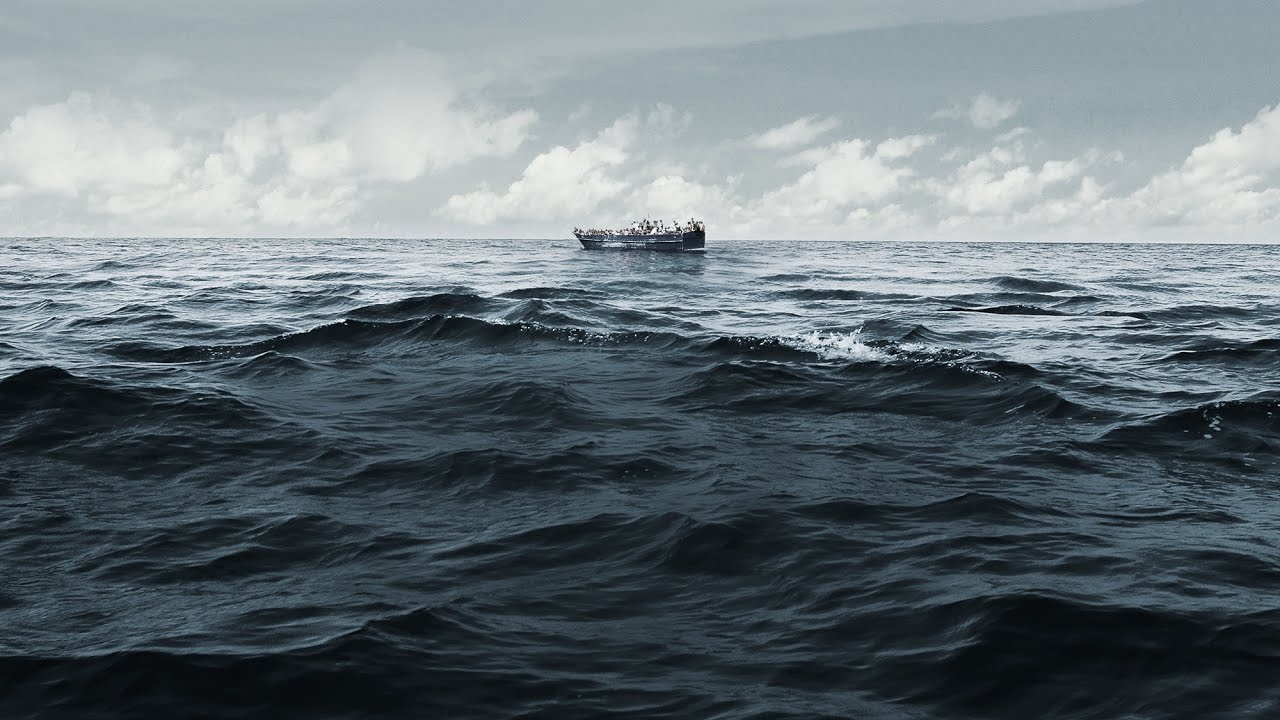
The works of Italian film-maker Gianfranco Rosi transcends the barrier, existing between documentary and docu-drama. His documentaries are often about outsiders and document the life of people living in the periphery. In “Fire at Sea” (the Golden Bear Winner at Berlin Film Festival), he observes a group of people, living in a small island town called ‘Lampedusa’ – situated half-way between Tripoli and Sicily. The central person in his narrative is super-smart 12 year old boy named Samuele. Rosi also ponders over the events that put forth Lampedusa in the international news. In the past two decades, the small island town has witnessed the passage of at least 40,000 refugees, crammed in small boat making way to Europe, from their impoverished, war-torn native countries (nearly 15,000 people have died in making such a journey). Rosi’s documentary primarily observes Samuele and life in the island. But the disturbing visuals of dehydrated refugees, getting rescued by Italian Coastal Guards in white jumpsuits makes it contemplation on the existence of a quotidian reality alongside horrendous reality. Although, “Fire at Sea” is not about, what the western media dubs it as ‘European migrant crisis’, the filming of traumatized, parched human faces, dragged off from overloaded boats, agitates our collective conscience. And, these haunting images are shot from a very humanistic perspective, unlike the desensitized images we see in news clips.
2. Behemoth || Dir. Zhao Liang
Chinese visual artist Zhao Liang’s stunning documentary is a journey into hell, created on Earth. The documentary adapts the literary structure of Dante Alighieri’s “Divine Comedy”. Dante made an imaginative journey through triple realms of the dead: hell, purgatory, and paradise. Zhao Liang also makes a similar journey; the transition from one realm to the other is subtly expressed through scarlet red, grey, and blue screens. But, this is not an imaginative journey. Although the frames are chiseled with poetic, surrealistic shots, the three realms Zhao unveils to us, lays on the vast Inner Mongolian landscapes. The landscapes you see in “Behemoth” are the by products of reckless industrialization, demanding the senseless exploitation of humans and natural resources. It is a call for people to awaken; to recognize the soulless, toxic system. However, Zhao Liang isn’t didactic. Like acclaimed documentarians Patricio Guzman, Gianfranco Rosi, Liang allows his incredibly detailed visuals to talk hundred times more powerfully than mere words or expressions. The most powerful, raging part of the documentary comes towards the end. Zhao Liang’s naked wanderer arrives at a vision of‘paradise’. Looking at that empty paradise, it is hard to suppress the overwhelming sadness. We experience the hard-to-fathom relationship between the people of hellish underworld and the modern vision of ‘paradise’.
1. O.J.: Made In America || Dir. Ezra Edelman
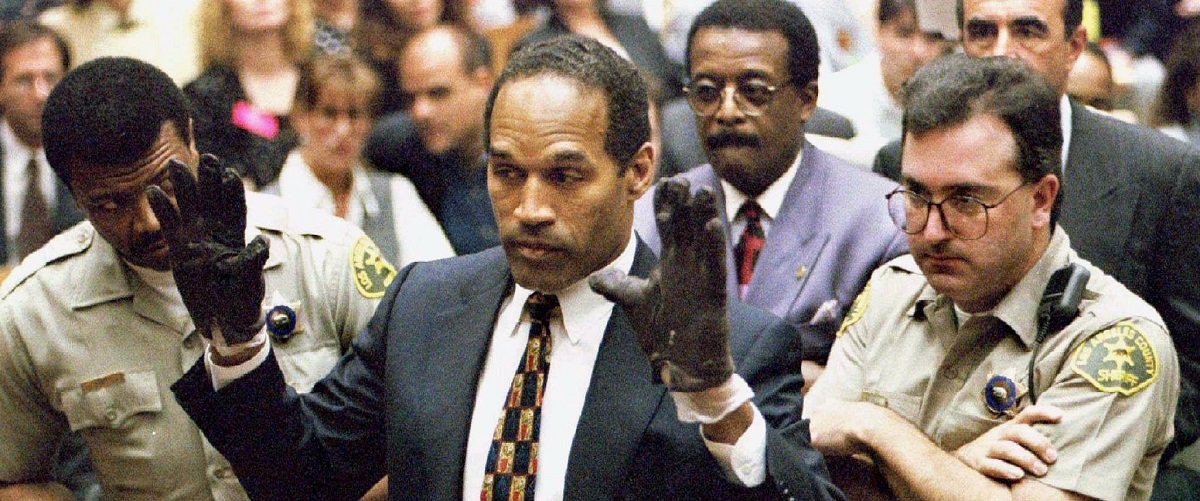
Ezra Edelman’s unequivocal 467 minutes documentary brought up a little skepticism in me before watching it. I mean it is about a person and a period that’s well known for those who’d constantly update themselves on vital world events . Edelman actually proved me wrong. He does the perfect historical positioning and imbues it with the depth, which I haven’t learned about the stated subject. O.J. Simpson, the former American football star, once said, “As a kid living in the ghetto, one of the things I wanted most was not money. It was fame. I wanted to be known. I wanted people to say: ‘Hey, there goes O.J’”. But the fame he gathered in the field couldn’t oust his off-the-field infamy. It has all led to the destination of a correctional center. The five-part documentary doesn’t just lays bare the facts of the night (June 12, 1994) or about the other things that landed Simpson as an inmate. It also takes a broader approach to tell us the tale of a city that made O.J. Simpson who he was. Produced by ESPN, this sprawling narrative is thickly detailed like a giant history book (at least 70 original interviews and cornucopia of archival footage, home video, etc). Nonetheless, once you start watching it you will get entangled with the presentation that’s as addictive as a page-turner. This is a scathing critique of idolatry, fame, criminal justice system and of course the vital part of American history: race.
Similar to Documentaries of 2016: The 20 Best Movies of 2016
Notable Omissions from Documentaries of 2016: Audrie & Daisy, Amanda Knox, Racing Extinction, Before the Flood, Where to Invade Next, Oasis: Supersonic, and Into the Inferno.
Other anticipated Documentaries of 2016, I haven’t had the chance to watch it yet: Tempestad, The Lives of Therese, Southwest of Salem, When Two Worlds Collide, I am Not Your Negro, Voyage of Time, Tower, The Eagle Huntress, and Cameraperson.


